money



Leave space around the logo when placing visual elements around it.
This will ensure the maximum readability of our logo. The recommended safe area around the logo is equal to the width of the "m" module.
in the layout the minimum logo height should be around 1/10 of the shorter format side
the rule of thumb for coloring the logo is to use blue or white for the logo itself and white, blue or turquoise for the background
white logo on turquoise background is acceptable, but not conventional, use it only as an exception
whatever happens, do not color the logo turquoise, it is a universally bad move
use dark logo on bright background
use white logo on dark background
if you find the contrast insufficient, darken the photo



the label has two lengths for use with different formats
here are the examples of a billboard and a city light with a full label

alternatively, we have a label without logo, when we need to accent on the logo and make it the center of the composition
here are the examples of a billboard and a city light with an alternative label
HEX
RGB
CMYK
#FF7B5F
255 123 95
0 69 65 0
peach
HEX
RGB
CMYK
#00DBC8
0 219 200
63 0 32 0
HEX
RGB
CMYK
#14234B
20 35 75
100 55 0 65
navy
contrast is the single most important principle of creating clean and expressive typography

all caps








Images with happy people is the key component of our communication. "Basic" will be most suitable word to describe our photo style. We’ve got plenty of bright graphics and various secondary elements so that we could focus on composition, colors and resolution when it comes to choosing a suitable image.

clear shapes, bold lines and detailed motion
Proportion is generally dominated by turquoise, 4/1 is optimal, 1/1 is acceptible if relevant. We may occasionaly use turquoise without peach. Peach should never be dominant.



the brandwall and it's module that can be tiled seamlessly
tote bags with an extended bottom margin to prevent the label from wearing off
the notebook with an abstract geomertical composition
turquoise t-shirt prioritizes brand visibility and is intended mainly for staff members, navy blue and white in this logic are more casual and are designed as a part of merch pack
